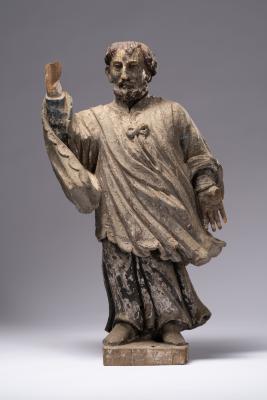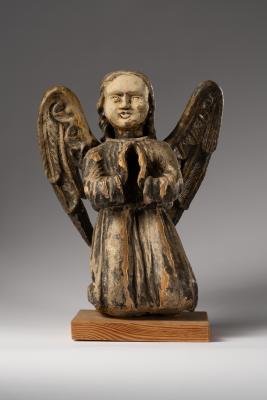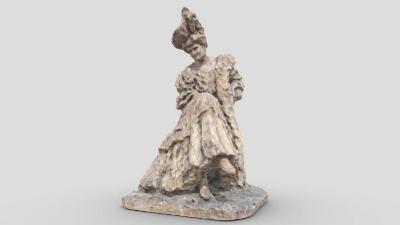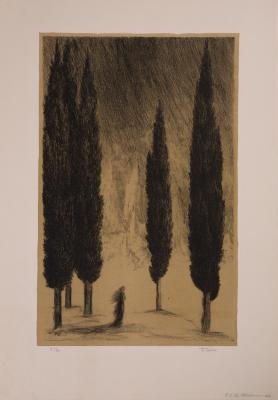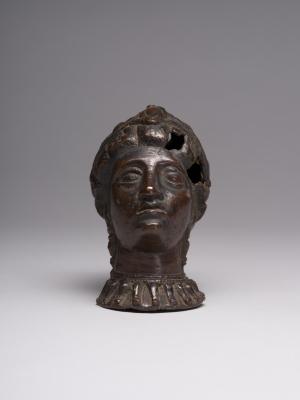Greek Woman (Gypsy Woman)
Henryk Hektor Siemiradzki
- ID
- Ж-25
- Author
- Henryk Hektor Siemiradzki
- Name
- Greek Woman (Gypsy Woman)
- Date of creation
- 1877
- Country
- russian empire
- Technique
- oil painting
- Material
- canvas oil
- Dimensions (height x width, cm)
- 62 x 50
- Type
- painting
- Genre
- portraiture
- Provenance
- the Lubomirski collection
- Exposition
- Lozinski Palace








